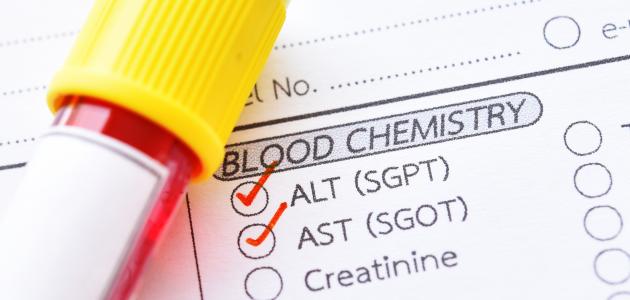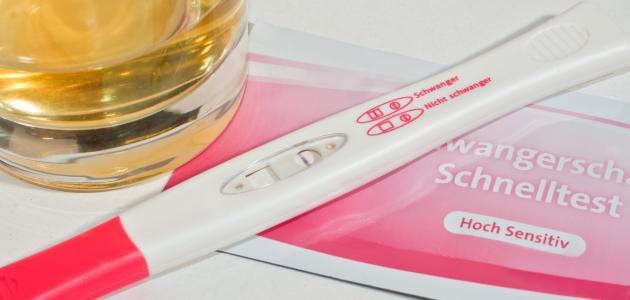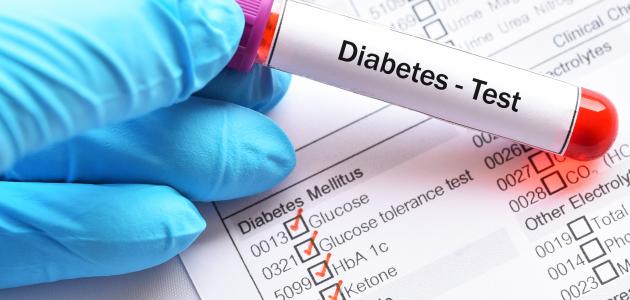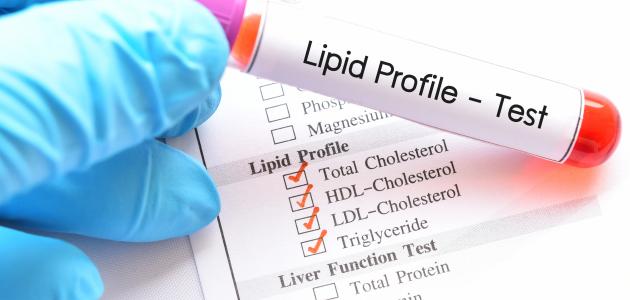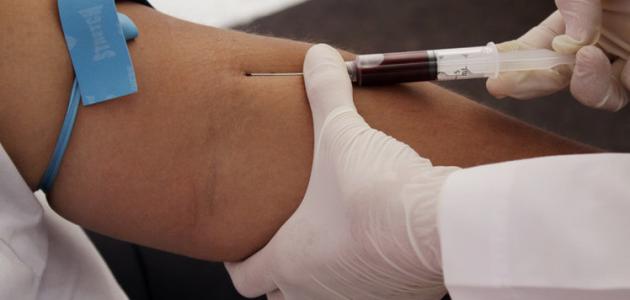Contents
GOT check
The GOT test is a laboratory test that aims to measure the level of Glutamic-oxaloacetic transaminase in the blood , and this enzyme is also known as Aspartate aminotransferase (AST), which is mainly synthesized inside the liver, while It is manufactured in limited quantities in other parts of the body, such as: the heart and kidneys, Brain, and muscles, but in the event that one of these organs is damaged and harmed, the levels of this enzyme in the blood rise above the normal limit as an indication of the existence of a specific problem, and it should be noted that the GOT test is classified as a liver function test, and in fact this examination is usually performed. In conjunction with checking the level of the enzyme alanine aminotransferase and abbreviation ALT in the blood, as it is considered more accurate in detecting liver diseases specifically, and sometimes the doctor requests other tests related to the enzymes and proteins made by the liver, in order to ensure its safety and freedom from Diseases, where the liver is an essential organ in the human body, as it performs many vital and important processes such as: manufacturing bile necessary to complete the process of digesting food, and manufacturing some materials and proteins important for the process of blood clotting, in addition to cleaning the blood from waste and toxins .[1]
Reasons to have a GOT scan
In general, the GOT examination aims to ensure the health status of the liver, and to reveal the liver's infection with a specific disease, and the following are the most important reasons for performing a GOT examination: [2]
- The appearance of symptoms in the patient indicating the presence of a disease in the liver: Among these symptoms and signs are the following:
- Feeling general tiredness and physical weakness.
- Suffering from nausea, vomiting, and loss of appetite .
- Feeling stomach pain and bloating.
- Incidence of jaundice , a yellowing of the eyes and skin color.
- Feeling severe itchy skin.
- Change the color of urine so that it becomes darker.
- Bleeding.
- The presence of risk factors that increase the possibility of developing liver disease: It is imperative to take care of the liver and maintain its integrity, and to conduct a GOT examination if any of the following risk factors are present:
- Weight gain.
- Diabetes .
- A family history of liver disease.
- Drinking alcohol and using drugs.
- Infection with viruses that cause hepatitis.
- Monitor the development of previously diagnosed liver diseases: The doctor can use the GOT examination to check on the health status of the liver that was diagnosed in the past with a specific disease, in addition to the possibility of performing this examination periodically to ensure the effectiveness of the treatments used.
- Ensuring the safety of the liver during the use of certain drugs: The doctor may request a GOT test after taking certain medications, to ensure that the liver is not harmed by the use of these drugs, in addition to changing the drugs or reducing the dose in the event of any liver problem.
- Ensuring the integrity of liver function when there are other problems in the body: It is necessary to perform a GOT examination in the event that the individual has one of the following diseases:
- Kidney failure .
- pancreatitis.
- Hemochromatosis.
- Mononucleosis.
- Gallbladder diseases .
- Heat stroke.
- blood cancer.
- Amyloidosis.
How to perform a GOT scan
The GOT examination needs a few preparatory procedures, such as drinking sufficient quantities of water during the day of the examination, in order to maintain body moisture and facilitate the process of drawing blood , in addition to the need to inform the doctor of all medicines that are taken, and in fact it is preferable to avoid taking medicines that do not need To a prescription, such as pain relievers during the two days before the examination, and wearing short-sleeved shirts or loose-fitting clothing helps facilitate the process of drawing blood, and blood tests are usually performed by obtaining an intravenous blood sample from the arm, as is the case for the GOT examination, and in In fact, this examination takes only a few minutes to draw blood, while it takes a few hours to analyze the blood sample using a special device, and several days to obtain the results of the examination from the doctor, and the following are the steps required to conduct a blood test : [3] [4]
- The patient sits in a chair suitable for taking the blood sample.
- Put the elastic band around the arm.
- Finding a suitable vein to take a blood sample from it.
- Clean the sample area with medical alcohol.
- Insert the needle into a vein and fill it with a sample of blood.
- Remove the needle and apply pressure to the biopsy area with gauze.
- Remove the elastic band and fix the gauze with medical tape.
Risks of getting a GOT scan
There are risks when performing a GOT test, including the following: [2]
- Feeling a little discomfort while the blood sample is being drawn.
- Pain in the needle puncture area during and after the withdrawal process.
- Difficulty obtaining a blood sample.
- Bleeding where the needle was inserted.
- Hematoma, which is a pool of blood under the skin.
- Infection at the needle puncture area.
GOT test results
It is not uncommon for the blood to contain a small amount of the GLA enzyme for oxalacetic acid, but if the amount of this enzyme in the blood increases, it indicates the possibility of damage to the liver cells due to the exit of this enzyme into the blood, and in fact the normal proportions of the enzyme differ Glu-oxaloacetic transporter from one laboratory to another, and also differs between males and females, and doctors consider the following values within normal rates and levels: [3]
- Males: 10-40 units / L.
- Females: 9 to 32 units / liter.
References
- ↑ Neha Pathak (30-1-2017), "What Is an Aspartate Aminotransferase (AST) Test?" , The www.webmd.com , Retrieved 30-7-2018. Edited.
- ^ A b Darla , Brian Burke And the Wu (13-7-2018), "Aspartate Aminotransferase ( the AST) the Test" , Www.healthline.com , Retrieved 30-7-2018. Edited.
- ^ A b of Jenna of Fletcher (21-2-2018), "What ' Does The SGPT Test : mean by blood?" , Www.medicalnewstoday.com The , Retrieved 30-7-2018. Edited.
- ↑ Ana Gotter (21-8-2017), "SGOT Test" , www.healthline.com , Retrieved 30-7-2018. Edited.
